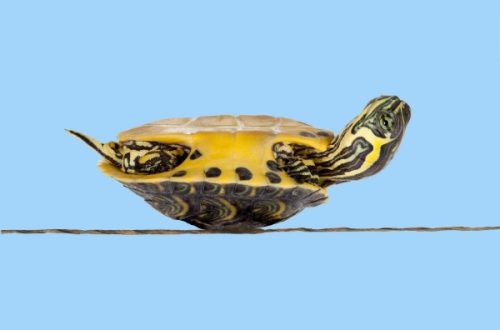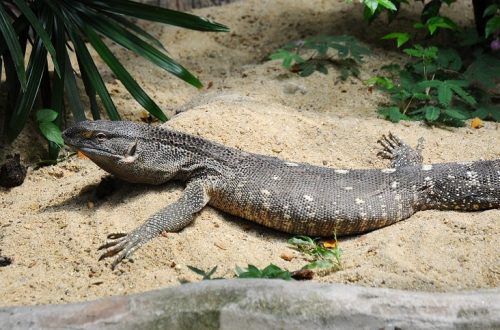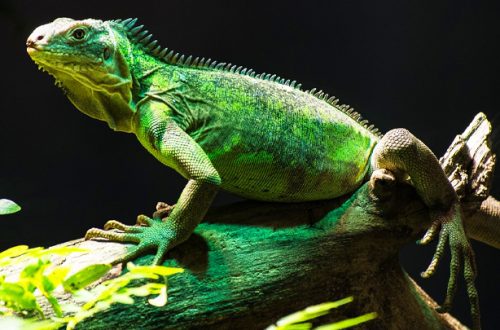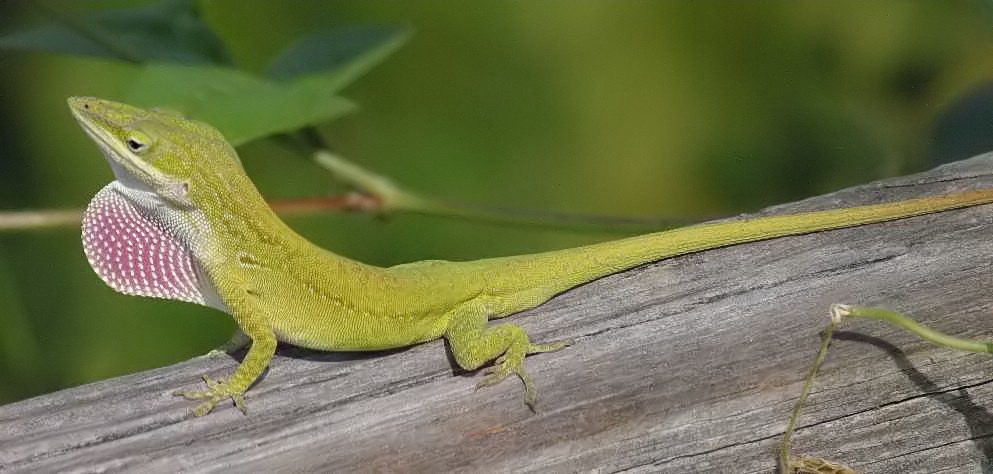
A brief overview of the Anolis family (Anolis)
One of the largest genera of iguana lizards, with about 200 species. Distributed in Central America and the Caribbean islands, several species have been introduced in the southern United States. They live in tropical rainforests, most species lead an arboreal lifestyle, only a few live on the ground.
Small, medium and large lizards from 10 to 50 centimeters in length. They have a long thin tail, often exceeding the length of the body. Coloration varies from brown to green, sometimes with blurred stripes or spots on the head and sides of the body. A characteristic display behavior is the swelling of the throat pouch, which is usually brightly colored and varies in color in different species. The largest species is the knight anole (Anolis Equestria) reaches 50 centimeters. Other species are much smaller. One of the best-known species of this genus is the North American red-throated anole (Anolis carolinensis). Representatives of this species reach a length of 20 – 25 centimeters.
It is better to keep anoles in groups of one male and several females, in a vertical terrarium, the walls of which are decorated with bark and other materials that allow the lizards to move along vertical surfaces. The main volume of the terrarium is filled with branches of various thicknesses. Live plants can be placed in the terrarium to maintain humidity. Temperature 25 – 30 degrees. Mandatory ultraviolet radiation. High humidity is maintained with a hygroscopic substrate and regular spraying. Anoles are fed with insects, adding chopped fruit and lettuce.
Source: http://www.terraria.ru/
Contents
Examples of some types:
Carolina anole (Anolis carolinensis)
Giant anole (Anolis baracoae)
Allison’s anole (Anolis allisoni)
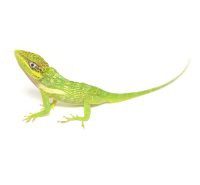
White-lipped anole (Anolis coelestinus)
The last of the anoles
Anolis marmoratus
Rocket Anoles
The anoles of the trinity
Author: https://planetexotic.ru/



